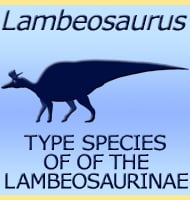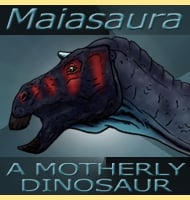Ajnabia
In Depth Ajnabia is a genus of hadrosaurid dinosaur that lived during the late Maastrichtian period towards the end of the Cretaceous period. Ajnabia made headlines in the paleontological world when it was described as this represented the first time that hadrosaurid dinosaur fossils had been found in Africa. Hadrosaurid dinosaurs were for a long … Read more

